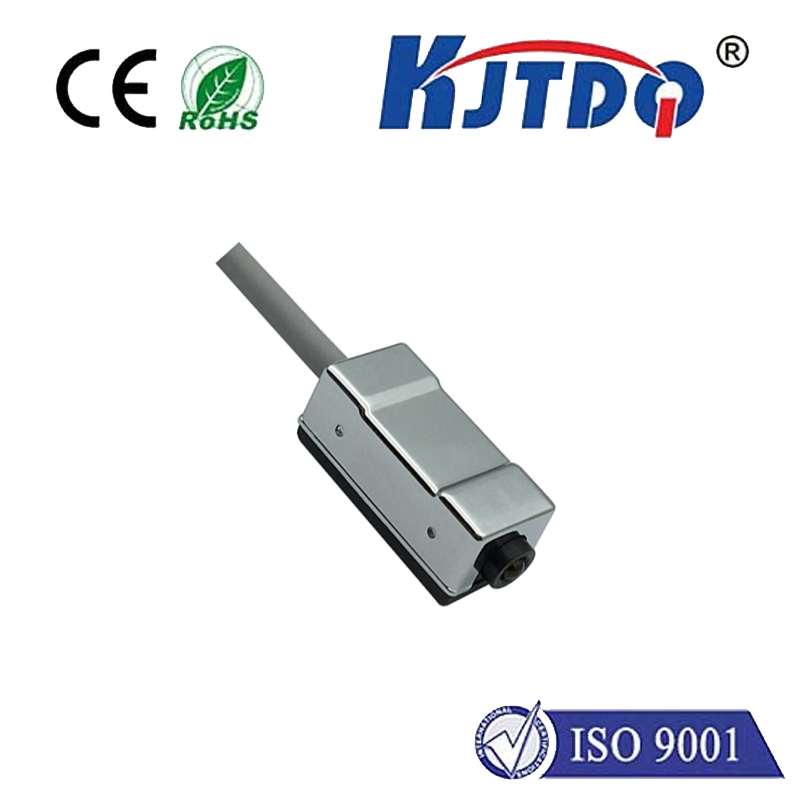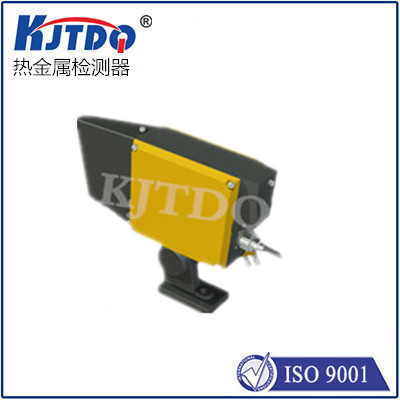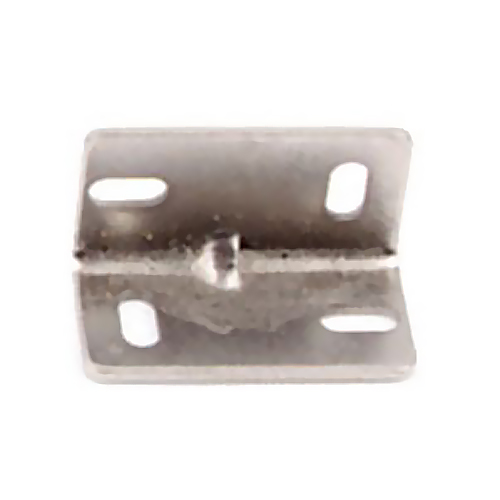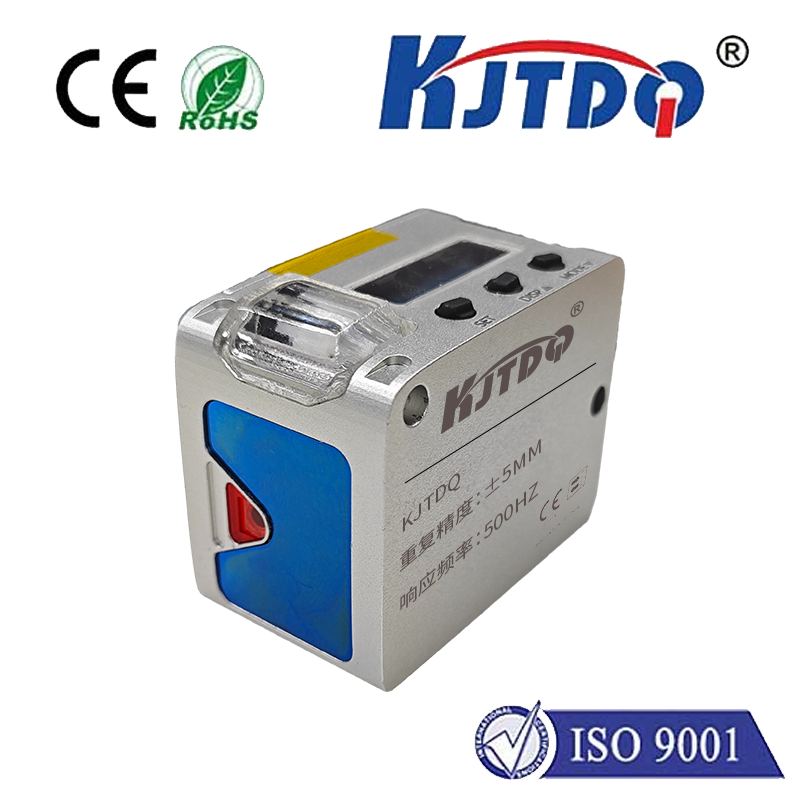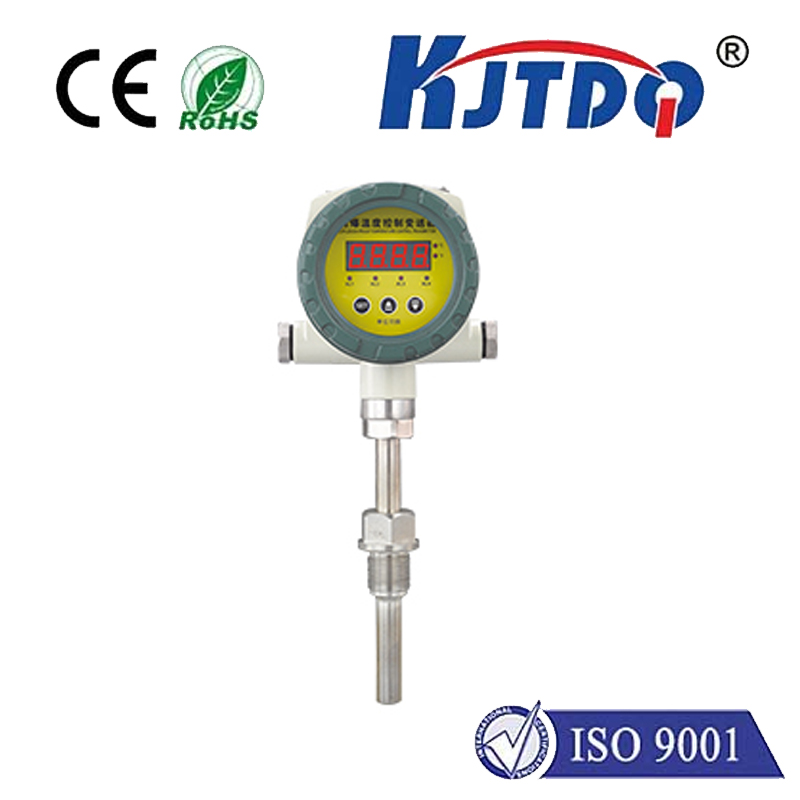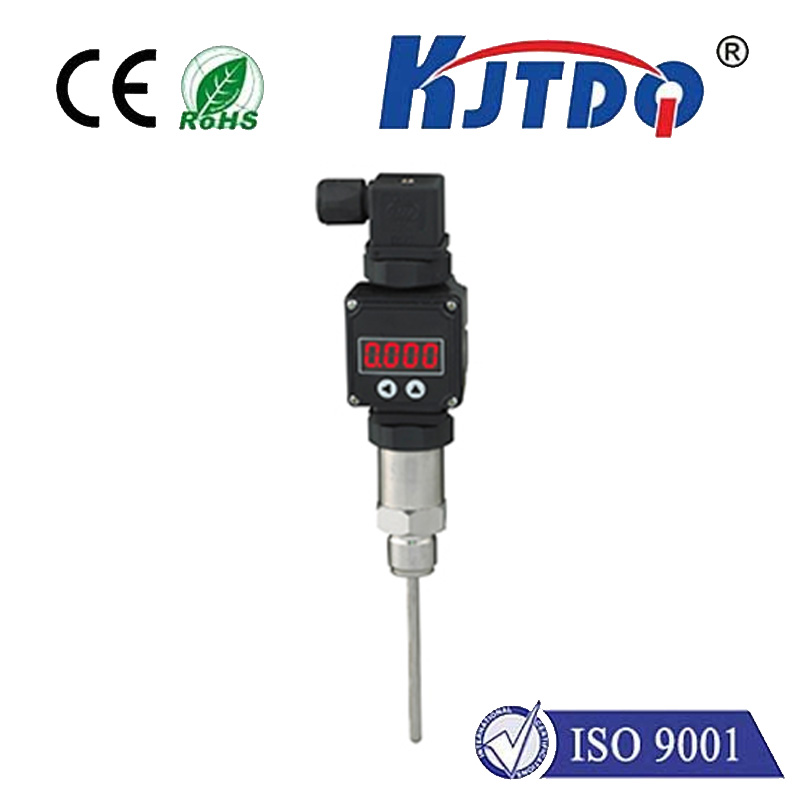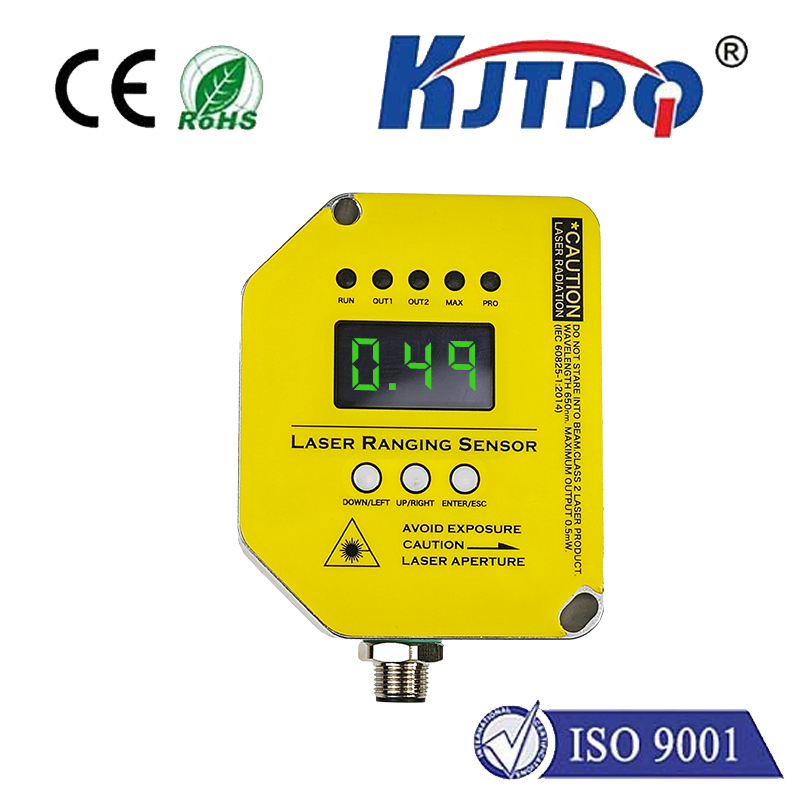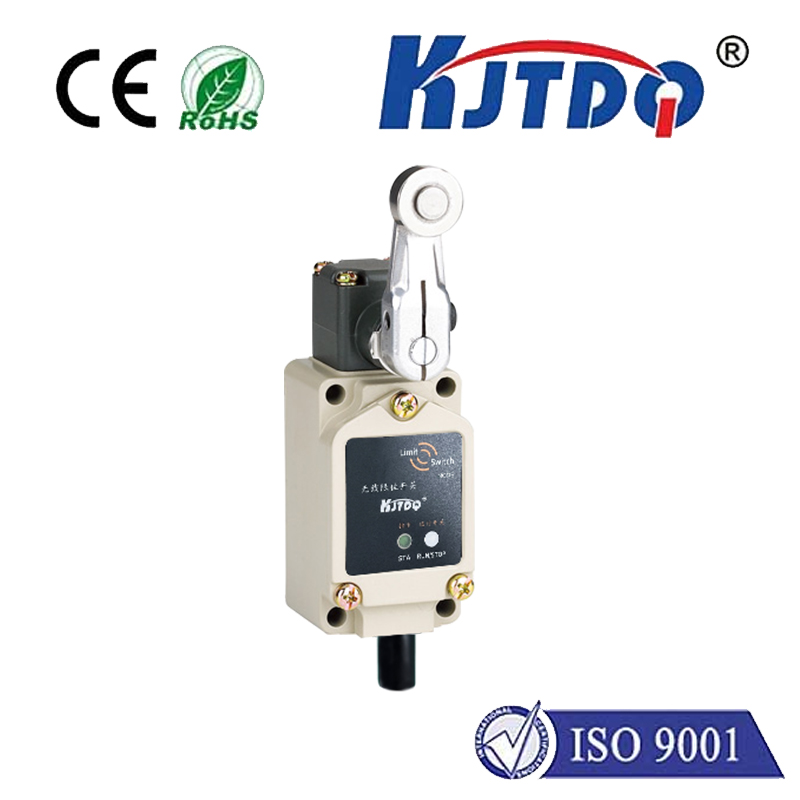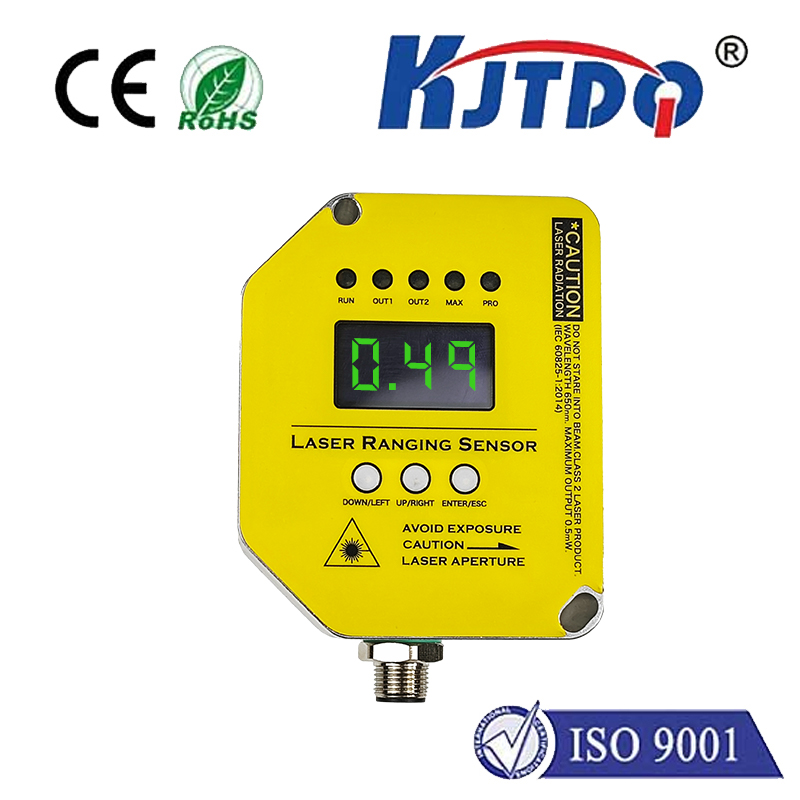E3ZM-T88 miniature photoelectric sensors
- time:2025-09-26 04:26:45
- Click:0
E3ZM-T88 Miniature Photoelectric Sensors: Big Performance in Tiny Packages
Imagine the intricate dance within modern automated machinery – robotic arms whirring, conveyor belts humming, delicate parts being precisely placed. Now, picture the critical need to reliably detect the presence or absence of those parts, often within incredibly constrained spaces where standard sensors simply won’t fit. This is precisely the challenge E3ZM-T88 miniature photoelectric sensors were engineered to conquer. Representing the pinnacle of compact photoelectric sensing technology, these Omron marvels deliver uncompromised detection performance in an ultra-small form factor, proving that true capability isn’t measured by size alone.
Shedding Light on the Fundamentals
At their core, photoelectric sensors operate on a simple yet powerful principle: emitting a light beam (usually infrared or visible red) and detecting changes in the received light intensity caused by the presence or absence of an object. The E3ZM-T88 specifically utilizes the through-beam sensing method. This involves two separate components: an emitter unit projecting the light beam and a receiver unit positioned directly opposite. When an object passes between them, it interrupts the beam, triggering the sensor’s output signal. This method is renowned for its long sensing distances and exceptional reliability, as it’s less susceptible to target surface color, texture, or reflectivity compared to reflective or diffuse sensor types. The brilliance of the E3ZM-T88 lies in achieving this robust performance within an astonishingly miniature photoelectric enclosure.
Why Size Matters: The E3ZM-T88 Advantage

The defining characteristic of the E3ZM-T88 series is its incredibly compact design. Dimensions measuring just 15 x 40 x 10.5 mm (W x H x D) make it one of the smallest fully-featured through-beam photoelectric sensors available. This miniature footprint unlocks unprecedented possibilities:
- Installation in Extremely Tight Spaces: Ideal for cramped machine compartments, inside small enclosures, on miniature robotics, or within intricate assemblies where every millimeter counts. They fit where bulkier sensors cannot.
- Lightweight Integration: Their small size and low weight minimize mechanical load and vibration impact, crucial for applications on moving parts or delicate mechanisms.
- Minimal Intrusiveness: The slim profile allows for installation close to the target path without obstructing workflow or requiring significant machine modifications.
- High-Density Mounting: Multiple E3ZM-T88 sensors can be packed closely together to detect numerous points simultaneously within a small area, enabling complex sensing tasks in compact machinery.
Beyond Compactness: Performance Built to Last
Don’t let the tiny size fool you. The E3ZM-T88 packs a significant punch in terms of performance and durability:
- Impressive Sensing Range: Offering sensing distances up to 5 meters (depending on specific model variant), it competes effectively with larger sensors, defying its miniature stature.
- Robust Construction: Featuring an IP67-rated housing, these sensors are highly resistant to dust ingress and temporary water immersion. This ruggedness ensures reliable operation in demanding industrial environments like packaging, material handling, and assembly lines.
- Stable Detection: Advanced optics and circuitry provide consistent and reliable object detection, minimizing false triggers or missed detections critical for process integrity.
- Environmental Tolerance: Designed to perform reliably across a wide operating temperature range, typically from -25°C to +55°C, handling factory floor variations.
Where Miniaturization Makes Magic: Application Examples
The unique combination of size and performance makes the E3ZM-T88 miniature photoelectric sensor invaluable across numerous sectors:
- Miniaturized Machinery & Robotics: Detecting tiny components on PCBs, verifying placement in micro-assembly, sensing end-effector positions on small collaborative robots (cobots).
- Dense Packaging Lines: Monitoring small packages, vials, or blister packs travelling closely together on high-speed conveyors where space is premium. Detecting misfeeds or jams within compact machinery sections.
- Lab Automation & Medical Devices: Used within analyzers, dispensers, and diagnostic equipment where space is severely constrained and precise detection of small samples or reagents is paramount.
- Semiconductor Manufacturing: Employed in wafer handling equipment and cleanroom automation requiring contamination-resistant, small-scale sensing.
- Consumer Electronics Assembly: Detecting miniature parts (screws, springs, connectors) placement and verifying assembly steps on intricate production lines.
- Material Handling Guidance: Sensing the edges of thin materials or webs in tight spaces within printing, converting, or converting machinery.
Maximizing Your E3ZM-T88 Integration
To leverage the full potential of these ultra-compact photoelectric sensors, consider these practical tips:
- Precise Alignment is Key: Due to their small lens size, achieving precise optical alignment between the emitter and receiver is crucial for maximum sensing range and reliability. Utilize mounting brackets designed for fine adjustment if necessary.
- Mind the Wiring: While compact, ensure wiring connections are secure and routed cleanly to avoid strain or damage in confined areas. Use appropriately sized cables.
- Leverage Accessories: Utilize the dedicated miniature mounting brackets available (like the E39 series) designed specifically for the E3ZM-T88. These simplify installation and enhance stability.
- Environmental Awareness: While rugged, avoid direct high-pressure water jets or excessive buildup of opaque contaminants directly on the lenses. Regular light cleaning ensures optimal performance.
- Model Selection: Pay attention to the specific suffix codes (e.g., E3ZM-T88A vs. E3ZM-T88B) which denote variations in sensing distance, light source type (infrared/red), and output configuration (NPN/PNP transistor). Choose the model best suited for your required range and electrical interface.
Conclusion: The Power of Miniaturization Realized
The E3ZM-T88 miniature photoelectric sensor stands as a testament to engineering ingenuity. It successfully bridges the gap between the uncompromising reliability of through-beam sensing and the ever-increasing demand for miniaturization in modern automation. By delivering robust object detection in an ultra-compact photoelectric sensor package, it solves spatial constraints that were previously major obstacles. For engineers designing the next generation of compact machinery, intricate robotics, or space-sensitive automation cells, the E3ZM-T88 is not just an option; it’s often the only viable solution to ensure precise, reliable detection where traditional sensors simply cannot go. Its compactness empowers innovation, enabling higher machine densities and more complex functionalities within smaller footprints.






